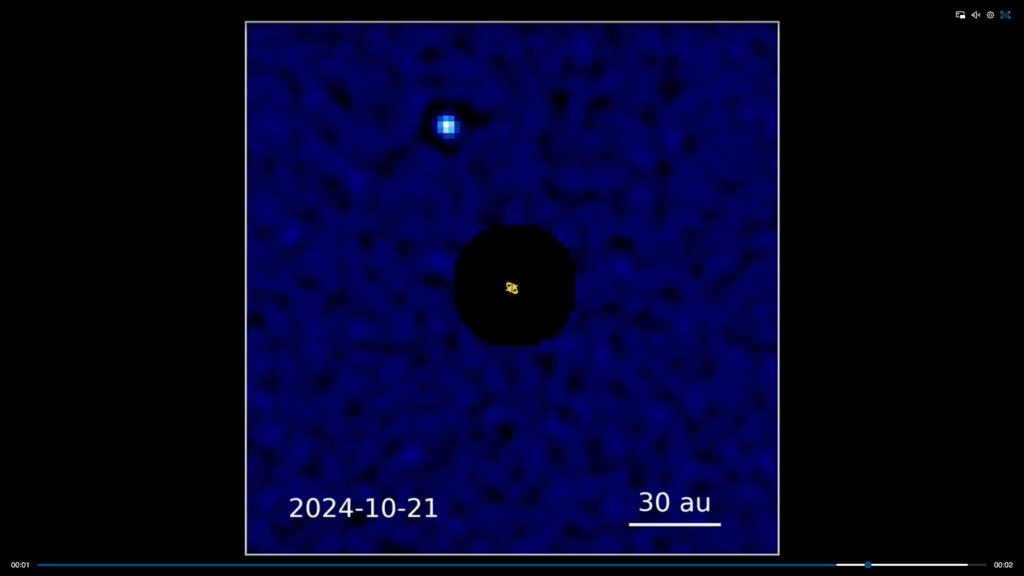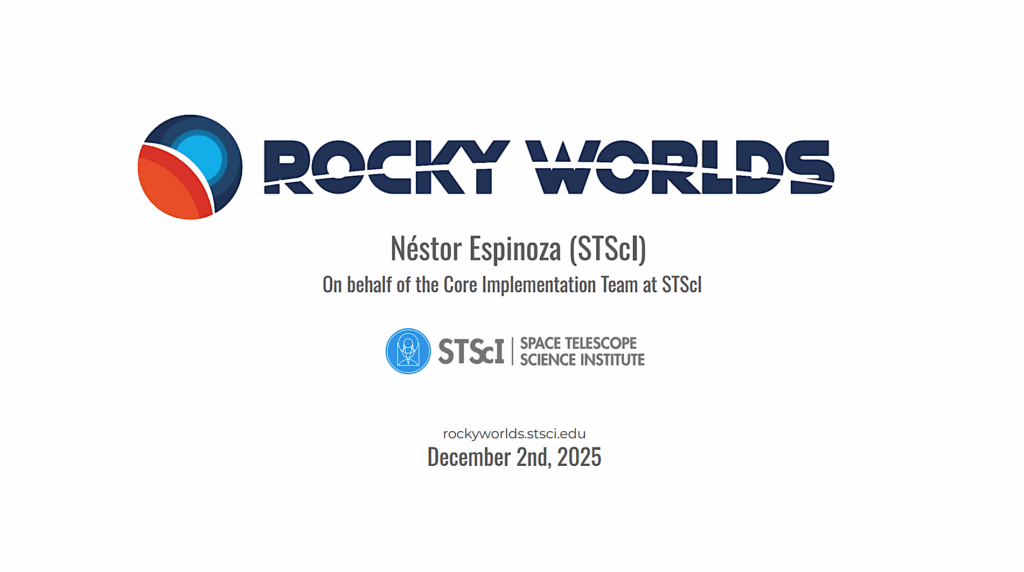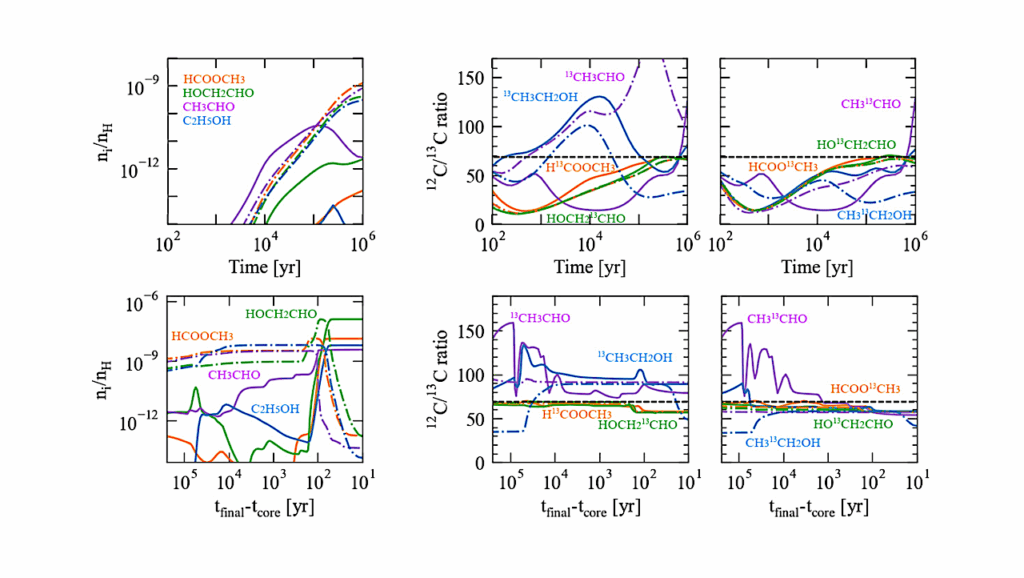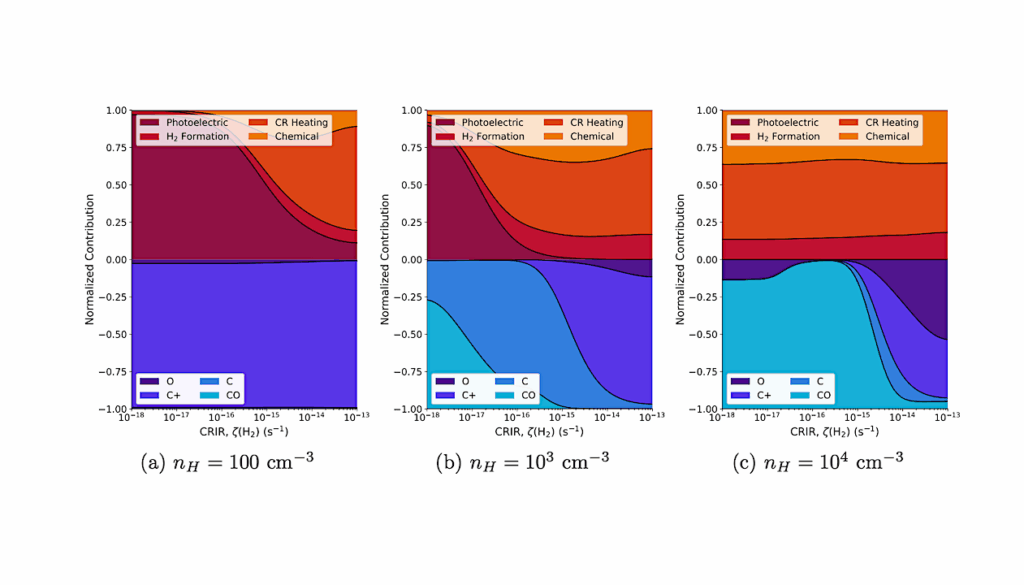Polarized Signatures Of The Earth Through Time: An Outlook For The Habitable Worlds Observatory
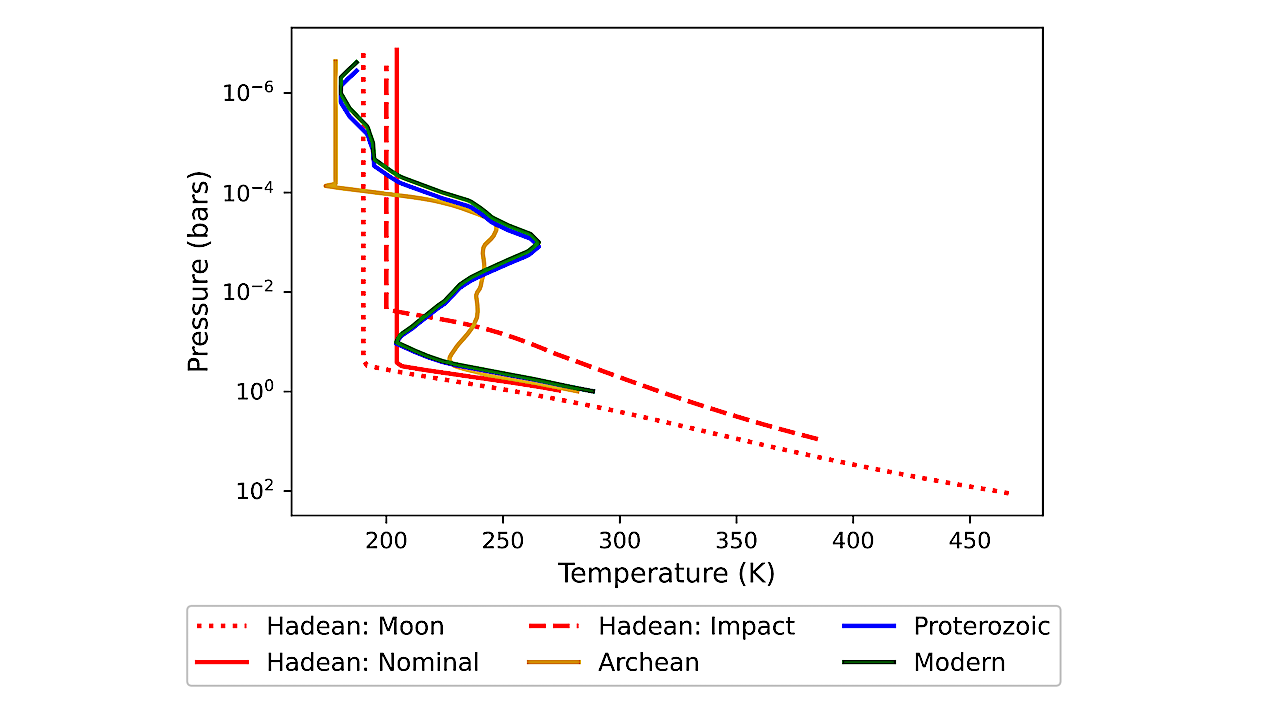
The search for life beyond the Solar System remains a primary goal of current and near-future missions, including NASA’s upcoming Habitable Worlds Observatory (HWO).
However, research into determining the habitability of terrestrial exoplanets has been primarily focused on comparisons to modern-day Earth. Additionally, current characterization strategies focus on the unpolarized flux from these worlds, taking into account only a fraction of the informational content of the reflected light.
Better understanding the changes in the reflected light spectrum of the Earth throughout its evolution, as well as analyzing its polarization, will be crucial for mapping its habitability and providing comparison templates to potentially habitable exoplanets.
Here we present spectropolarimetric models of the reflected light from the Earth at six epochs across all four geologic eons. We find that the changing surface albedos and atmospheric gas concentrations across the different epochs allow the habitable and non-habitable scenarios to be distinguished, and diagnostic features of clouds and hazes are more noticeable in the polarized signals.
We show that common simplifications for exoplanet modeling, including Mie scattering for fractal particles, affect the resulting planetary signals and can lead to non-physical features.
Finally, our results suggest that pushing the HWO planet-to-star flux contrast limit down to 1 × 10−13 could allow for the characterization in both unpolarized and polarized light of an Earth-like planet at any stage in its history.

Cross-sections through the left (top panel) and right (bottom panel) panels of Figs. 6 – 11 at α = 90◦ to show the spectral differences of each of our six Earth Through Time epochs. Note the distinguishing spectral features of different species across different epochs as well as a noticeable VRE in our Modern Earth model. — astro-ph.EP
Kenneth E. Goodis Gordon, Theodora Karalidi, Kimberly M. Bott, Nicholas F. Wogan, Giada N. Arney, Mary N. Parenteau, Tiffany Kataria, Victoria S. Meadows
Comments: 26 pages, 20 figures. Submitted for publication in The Astrophysical Journal
Subjects: Earth and Planetary Astrophysics (astro-ph.EP)
Cite as: arXiv:2410.02194 [astro-ph.EP] (or arXiv:2410.02194v1 [astro-ph.EP] for this version)
https://doi.org/10.48550/arXiv.2410.02194
Focus to learn more
Submission history
From: Kenneth Goodis Gordon
[v1] Thu, 3 Oct 2024 04:16:15 UTC (13,603 KB)
https://arxiv.org/abs/2410.02194
Astrobiology


